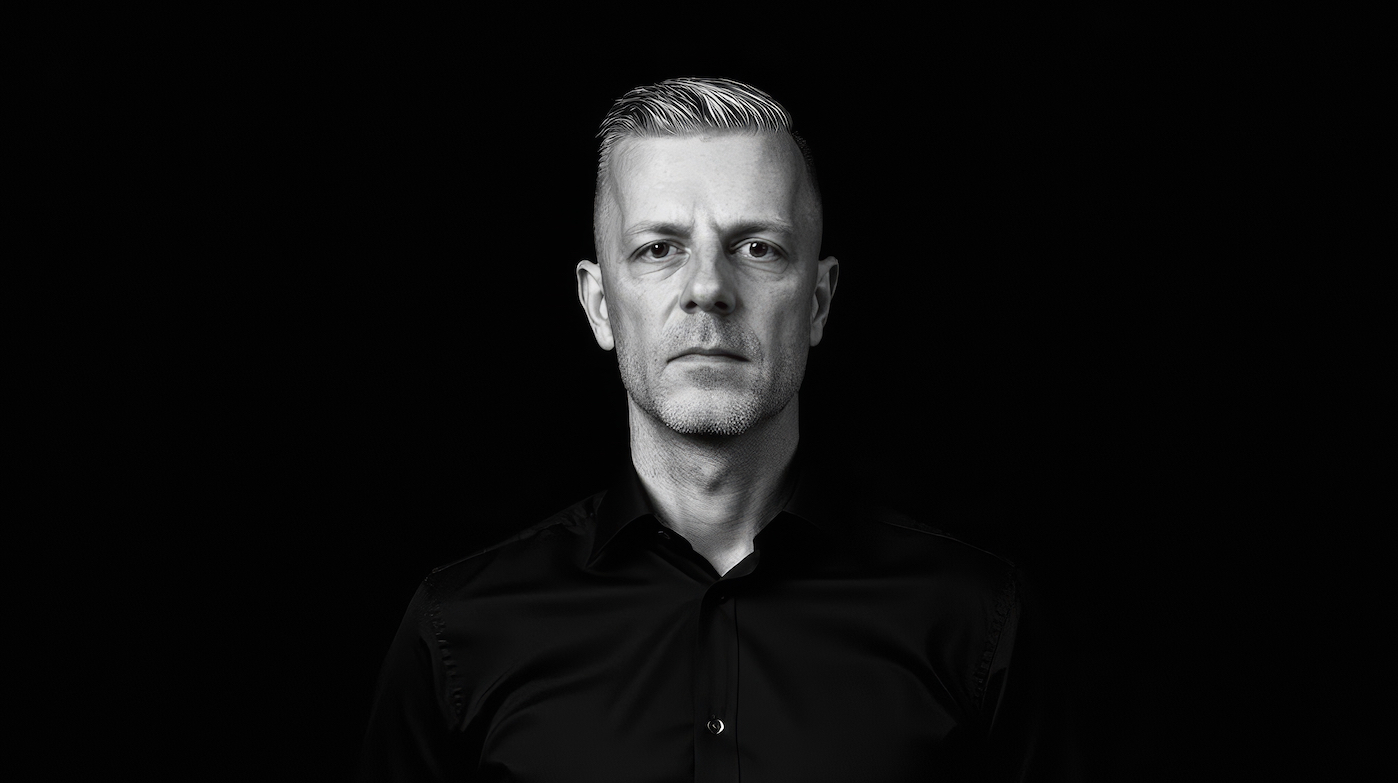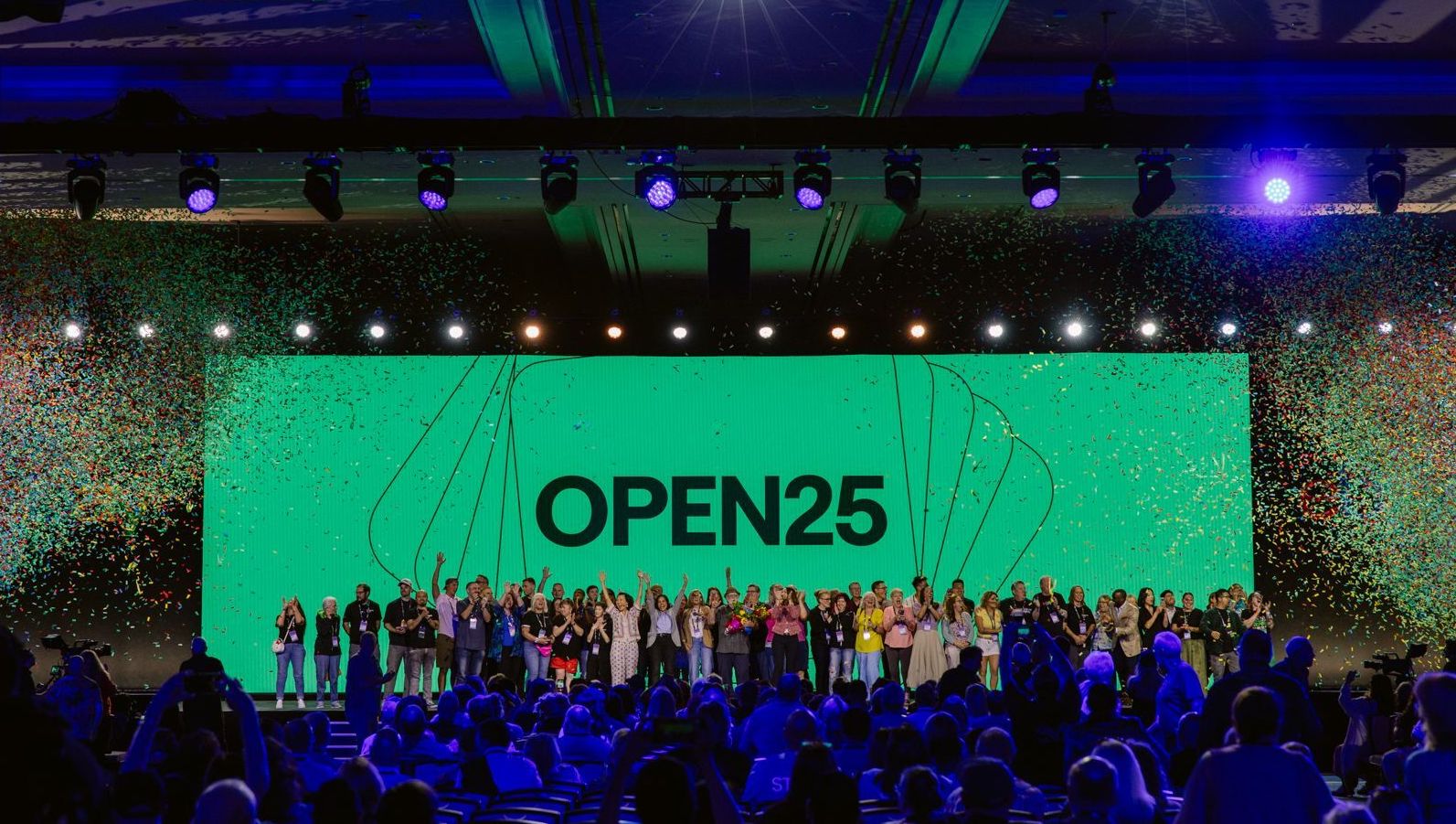Cookies on Remarkably.co
We use some essential cookies to make this service work.We’d also like to use analytics cookies so we can understand how you use the service and make improvements.
View Cookie Policy

June is Pride month around the globe. As well as being a month-long celebration, Pride month is also an opportunity to raise political awareness of current issues facing the community.
As one of the most recognisable symbols of the LGBTIQ+ community, we wanted to take moment to explain the meaning ofthe pride flag, which has been continuously evolving since its inception.
The Rainbow flag has been the symbol of the LGBT community since its creation in 1978 as the 'Pride Flag.' The rainbow flag is also commonly used as a general symbol of social equality and individuality. Each colour has a different meaning. The flag has evolved over the past decades to reflect changes around the world within the LGBTQIA community.
Did you know there is more to the flag than the rainbow colours?
The Progress pride flag was designed by Daniel Quasar in 2018, and features a forward-moving 5-coloured chevron on top of the popular 6-coloured rainbow pride flag.The pride flag colours each hold a different meaning, and each colour represents an important value of the LGBTQIA+ community.
The 5 new colours added includes black and brown (which represent people of colour) and pink, light blue, and white (which are used in the Transgender pride flag).
Represents people of colour
Represents the traditional colour for baby girls
Represents the traditional colour for baby boys
Represents the lack of gender, a gender beyond the binary, or people who are transitioning.
Represents life
Represents healing
Represents sunlight
Represents nature
Represents serenity
Represents spirit
That’s not all! There are over 20 different pride flags.

